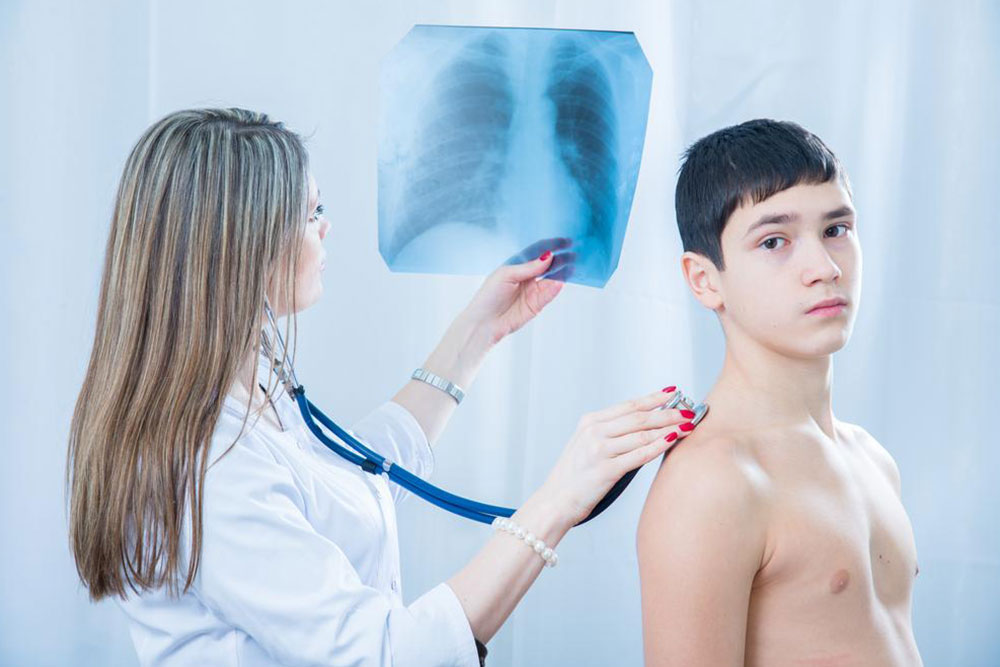Effective Strategies for Preventing and Treating Pneumonia
Learn effective methods to prevent and treat pneumonia, including vaccination, recognizing symptoms, and understanding treatment options. Protection through good hygiene and healthcare interventions can significantly reduce risk, especially for vulnerable populations. The article covers causes, diagnosis, and preventive strategies for pneumonia, emphasizing the importance of timely medical care and vaccination to safeguard health among all age groups.

Effective Strategies for Preventing and Treating Pneumonia
Understanding pneumonia prevention and management
What is pneumonia?
Pneumonia is an infection that causes inflammation of the lungs' alveoli, or air sacs. These sacs become filled with fluid, causing breathing challenges. It can be triggered by bacteria, viruses, or fungi, with bacterial infections being the most prevalent.
The severity of pneumonia varies based on factors like age, immunity, and overall health. Vulnerable groups, including infants, the elderly, and those with weakened immune systems, are more at risk for serious complications.
People who smoke or have chronic conditions such as diabetes or heart disease are more susceptible to pneumonia. Treatment choices depend on the infection’s origin and individual risk factors. The CDC states pneumonia as a leading infectious killer among children under five globally.
Recognizing pneumonia symptoms
Symptoms of pneumonia often resemble flu or cold but tend to persist longer and are more severe. Common signs include:
Persistent cough that doesn’t improve with usual remedies
Chest discomfort and difficulty breathing
Causes and varieties of pneumonia
Viral pneumonia often results from influenza or RSV, while bacterial cases are usually caused by Streptococcus pneumoniae. Fungal pneumonia can occur from fungi in soil or bird droppings.
Ventilator-associated pneumonia occurs in patients on ventilation, and hospital-acquired pneumonia, often resistant to antibiotics, is contracted during hospital stays. Community-acquired pneumonia is contracted outside medical settings. Both bacterial and viral forms spread through airborne pathogens.
For diagnosis, physicians typically perform physical exams and chest X-rays. In more complex cases, additional tests may be conducted, such as:
Blood tests to detect infection, though they don’t identify the cause
Sputum analysis to determine the infectious agent
Pulse oximetry to assess oxygen levels in the blood
Urine tests for bacterial identification
Chest CT scans for detailed lung imaging
Fluid analysis from the pleural space when necessary
Bronchoscopy in severe cases to examine airways
Treatment varies based on the cause. Bacterial pneumonia responds well to antibiotics, which are selected based on age, health status, and severity. Hospitalization may be needed for serious cases, requiring IV antibiotics, oxygen therapy, or respiratory support. Viral pneumonia often resolves with antiviral medications like Tamiflu, with Symptoms improving in one to three weeks.
The CDC recommends pneumonia vaccines for protection. For those over 65, a sequence of PCV13 followed by PPSV23 is advised, with specific intervals depending on previous doses.
Side effects from the vaccines include mild soreness, redness, fever, chills, and nausea. Always consult your healthcare provider before vaccination and report severe side effects immediately.
Prevention measures include vaccination, good hygiene, handwashing, disinfecting touchpoints, managing chronic conditions, and quitting smoking to decrease pneumonia risk.









